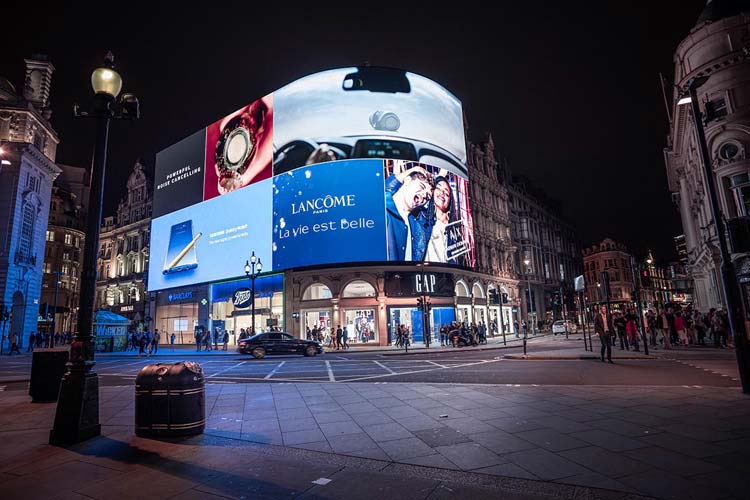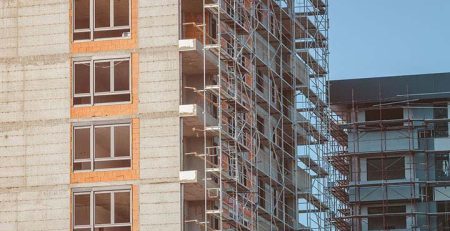Commercial Spaces: Are They Changing?
Discover how commercial spaces are evolving with new designs and functionalities to meet the dynamic needs of businesses and consumers.
Commercial spaces are evolving rapidly, responding to changing consumer behaviors, technological advancements, and shifting business needs. Gone are the days when commercial buildings were mere places of transaction; today, they are becoming hubs of experience, innovation, and community engagement. In this blog, we explore the emerging trends in commercial space design and usage. From multi-purpose complexes that blend retail, office, and leisure spaces to tech-enabled smart buildings that enhance user experience and efficiency, the face of commercial real estate is changing. We examine how architects and developers are reimagining these spaces to be more adaptable, sustainable, and in tune with the digital age. This article delves into the blend of aesthetics, functionality, and technology that is driving the transformation of commercial spaces, making them not just places of business but destinations in their own right.
The Evolution of Commercial Spaces in the Modern World
The landscape of commercial spaces has been undergoing a significant transformation, driven by evolving consumer behaviors, technological advancements, and changing business models. Gone are the days when commercial spaces were merely brick-and-mortar structures for buying and selling goods. Today, they are becoming dynamic environments that not only cater to commerce but also serve as centers for social interaction, experiential activities, and digital integration. This evolution reflects a shift in how we view commercial spaces, not just as places of transaction, but as multifaceted hubs that enhance our overall lifestyle and experience.
Integrating Technology for Enhanced Customer Experience
One of the most prominent changes in commercial spaces is the integration of technology. This digital transformation is redefining the shopping experience, making it more personalized, convenient, and interactive. From virtual reality fitting rooms in retail stores to app-based ordering systems in restaurants, technology is enhancing customer engagement and satisfaction. Smart building technologies are also being incorporated, optimizing everything from energy use to space management. This technological integration not only attracts tech-savvy consumers but also streamlines operations, creating a more efficient and profitable business environment.
Redefining Design: A Focus on Aesthetics and Functionality
The design of commercial spaces is also evolving to meet new consumer expectations and environmental standards. Architects and designers are now focusing on creating spaces that are not only aesthetically pleasing but also functional and sustainable. This includes the use of eco-friendly materials, natural lighting, and green spaces that contribute to a healthier and more inviting atmosphere. Additionally, the layout and design are becoming more flexible and adaptable, accommodating various types of businesses and activities. These design innovations not only improve the aesthetic appeal of commercial spaces but also enhance their functionality and sustainability.
Creating Multi-Use Spaces: The Blurring of Boundaries
Another significant trend in commercial space development is the creation of multi-use complexes. These spaces blend retail, office, and leisure activities, offering a comprehensive experience in one location. This concept is particularly appealing in urban areas, where space is at a premium. Multi-use spaces can include combinations of shopping centers, restaurants, offices, entertainment venues, and even residential units. This blurring of boundaries between different commercial activities not only maximizes space utilization but also provides consumers with a more convenient and diverse experience.
Adapting to Changing Consumer Preferences and Lifestyles
Commercial spaces are increasingly adapting to the changing preferences and lifestyles of consumers. This includes offering more experiential and lifestyle-oriented services such as fitness centers, art galleries, and culinary experiences. Additionally, there’s a growing emphasis on creating community-oriented spaces that encourage social interaction and community engagement. These changes are a response to consumer desires for more than just transactional experiences; they seek spaces where they can socialize, relax, and enjoy a variety of activities.
Commercial spaces are undoubtedly changing, adapting to the demands of a modern, tech-savvy, and experience-oriented society. This evolution is characterized by the integration of technology, innovative design, the creation of multi-use complexes, and a focus on consumer preferences and lifestyles. As we move forward, these spaces will continue to evolve, playing a crucial role in shaping our commercial interactions and experiences. The future of commercial spaces lies in their ability to be adaptable, sustainable, and responsive to the changing dynamics of commerce and community.











